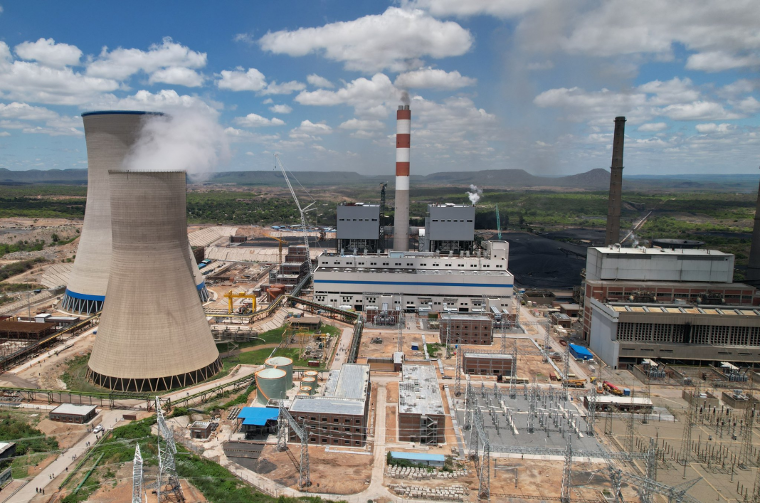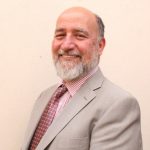When we have fully replaced that power, the power that we are importing with what we are generating locally then we will stop importing and when we have stopped importing, obviously we will be able to pay IPPs in dollars but as we speak, the capacity is not there. ZESA is not able to pay for power imports including power that is locally generated from independent power producers in foreign currency.
We have come up with a mechanism to allow Independent Power Producers to meet their financial obligations with funders for their projects through the Government Implementation Agreement. This is what we are doing. At the moment, ZESA does not have adequate funds to pay for power imports and locally generated power. Thank you Mr. Speaker Sir.
HON. BITI: Mr. Speaker Sir, my supplementary question to the esteemed Minister of Energy is that it is very unlikely that in the mid-term, Zimbabwe will be able to produce electricity that will meet the national demand of around 4000MW even if we add Unit 7 and 8 which is a mere 600MW, it will not help. The units at Hwange except for Unit 4 are old and archaic and should have been decommissioned. So, there should be a deliberate policy of making sure that household and individuals are self-sufficient from a solar point of view. Why does the esteemed Minister of Energy not carry out a deliberate policy of ensuring that there is facilitation of the solarisation of the movement to alternative energy of all household and you encourage this through the removal of duties on things such as lithium batteries, solar panels and so forth.
The fact of the matter is that we are on our own. So, remove duties and put incentives to individuals who are moving to reliable energy and importers of these equipment like lithium batteries and solar panels and particularly to people who can put huge solar panels that can feed the grid. Why do you not give them incentives because pretending that ZESA will solve our problems is just a pretense and we cannot keep on pretending because we have a problem?
HON. SODA: Thank you once again for allowing me to respond to a new question though it came in the name of a supplementary but I will respond to that question. I am happy the Hon. Member has pointed out to the issues that are affecting us, being the age of the equipment at Hwange Power Station. The policy that we already have is that of rehabilitating the old equipment. We have that policy which is backed by action. There is a loan facility of US$310 million which was procured from the Indian EximBank which will be used for rehabilitation of the old units at Hwange Power Station, Units 1 to 6. Already, work has started. A detailed project report was produced by the project management consultants, WAPCOS Company from India. It has since produced a report on the scope of works that would require to be done to bring back equipment to the installed capacity of 920MW.
Like I indicated earlier, as we speak today, the combined generation which is coming from Hwange is 303MW whereas it has potential to go up to 920MW. The equipment is old and what needs to be done is just to rehabilitate by bringing new equipment so that we achieve the installed capacity of 920MW. The policy is already in place.
Continued next page
(194 VIEWS)

